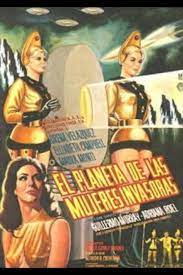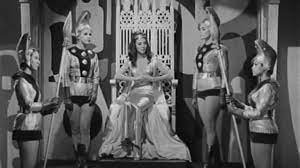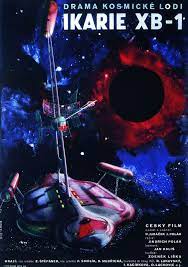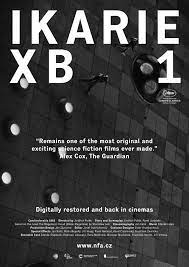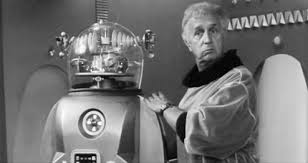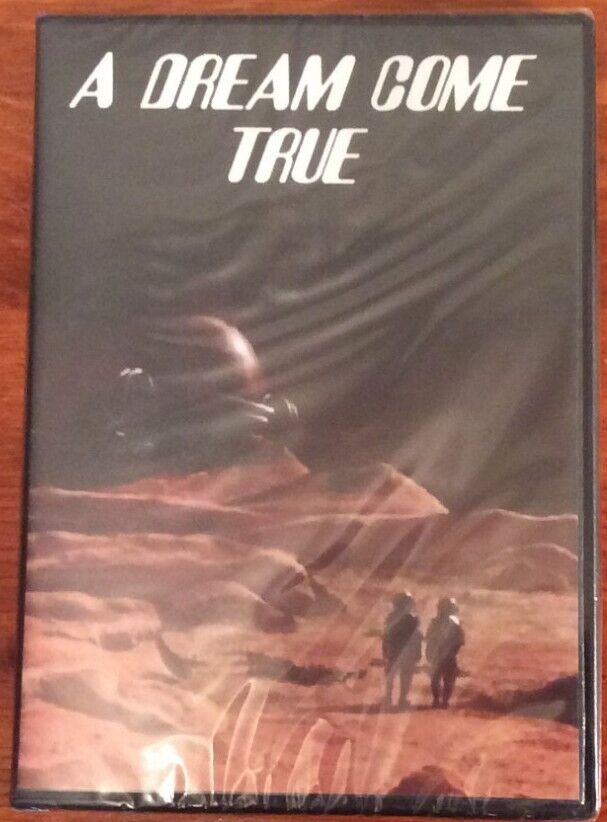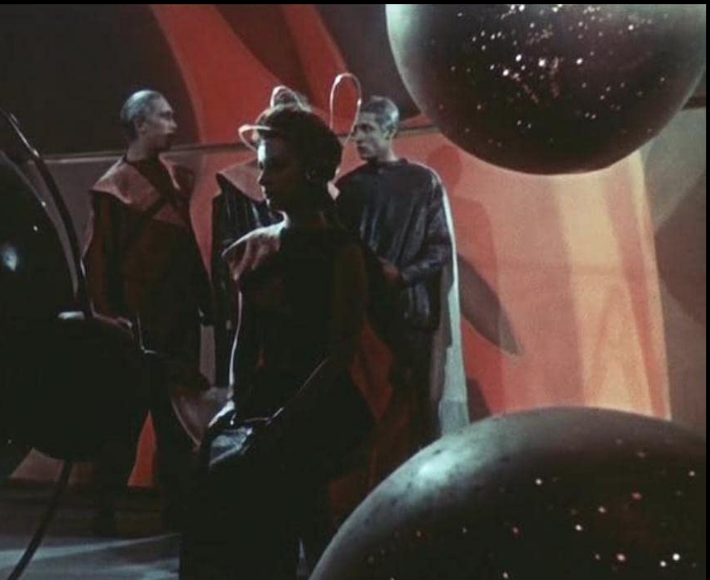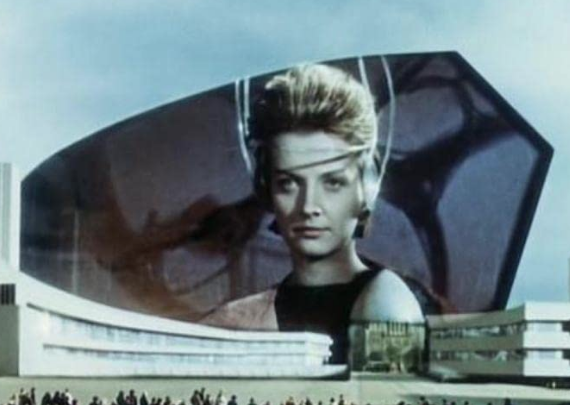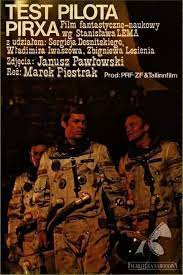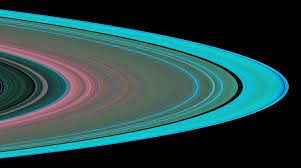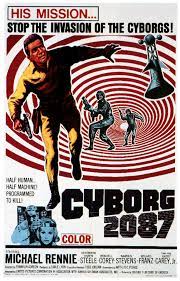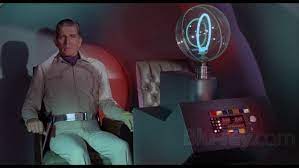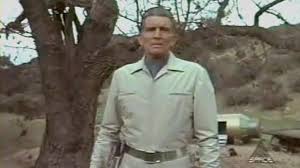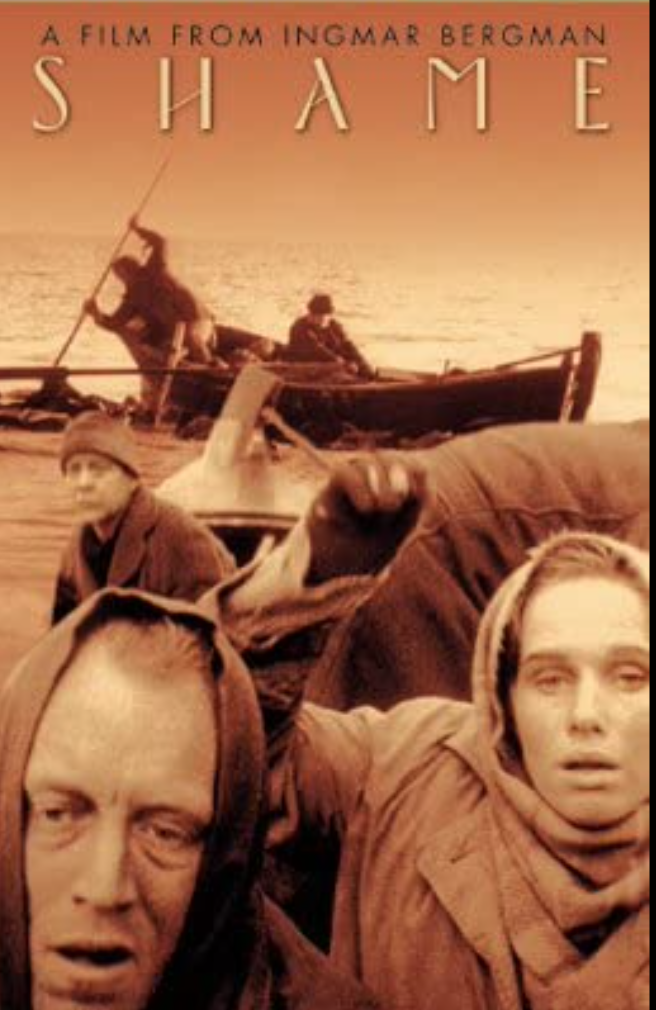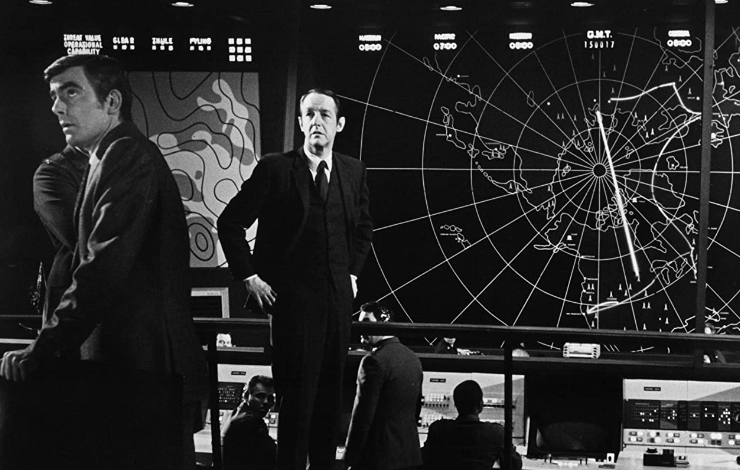Per aspera ad Astra (1981) (To The Stars the Hard Way) (Cherez ternii k zvyozdam)
IMDb meta-data is runtime of 2 hours and 28 minutes, rated 5.9 by 1,400 cinematizens.
Genre: Sy Fy; Species: Endurance
Verdict: TMI
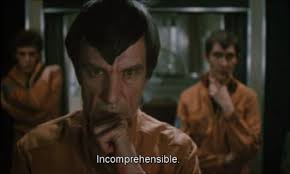
The several titles above seems appropriate when considering the sprawling and disconnected stories in this endurance test of Hollywood proportions.
It has a marvellous start when Red cosmonauts find a damaged spaceship in yon ether. The special effects of this encounter are indeed special. Dead bodies, humanoid but not human, float inside the gravity-less ship. Then they find one such body in a transparent protective capsule and as they shine lights on it, the creature within slowly opens its eyes! Nice.
The humanoids and the survivor are paper-thin and elongated with bug eyes and army haircuts. They look something like those pictures of POWs in Japanese prison camp with bones protruding. Or Tilda Swinton on a good day. The sole survivor is carefully brought to Earth. Hum, was any thought given to disease, oxygen, or gravity on Earth? None that I detected. One minute the crewmen are moving her onto their spaceship and the next she is on Earth.
The survivor is (barely) a woman and seems catatonic. Well, what are we going to do with a catatonic alienness? Why take her home to mama who will know what to do with her. Leaving the scientists behind temporary Male Lead takes Alienness home, a very nice two-story one in a warm climate on a lake, much like all the Soviet Union. Little thought is given to how strange, threatening, and frightening all this must be the the Alienness. The good natured family banter was enough to put anyone’s teeth on edge.
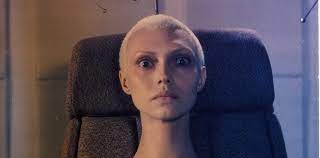
It soon becomes apparent she has some super powers and they call Stan Lee for advice. She can teleport herself and has telekinetic abilities. Be careful. To touch her is not advised. They struggle to communicate and then one day she speaks Russian. No that is not a revelation in the story line, the mute just now starts talking. Nothing is made of the transition from mute to jabber box. Who lost the script pages? But that is only the first of the breaks in the storyline. More are to come for its seems the script was written by a changing committee, each new member of which wanted to get something in.
While she was mute and skittish the problem she presented was interesting and had much promise; once she started talking, well the sound was the air leaving the balloon. The Universal Script Writers Union panacea is applied: amnesia.
She has no memory of what happened but soon lifelike dreams take her back to her creation for that is one theme, is she a biological being or an android of some kind. (’Cut me, do I not bleed?’ you might think but no one did in this story.) In any event it is not a theme continued. She has a mission which gradually comes back to her, like a forgotten shopping list.
It also seems a redundant mission since she only finally remembers it when she sees representatives of her planet on television news asking for Earth’s help to prevent a climatic catastrophe. She was supposed to do that, but forget in the trauma of whatever happened to the starship she was on. Which we never find out. These other agents from Dessa, her home world, look nothing like this stick figure. Huh? Maybe she is a droid.
It is a neat scene at the spaceport Domodeldovo (airport) with Lost & Found, Baggage Collection signs just like any and all large international airports today with bilingual Russian and English signs. But the flight boards list planets, asteroids, space stations, wormholes, and such. We went though this airport when we left Russia in 2017.
Then we have half a movie as she stows away on the spaceship taken by these other Dessans, which is diverting to take a doctoral octopus home. You read that right. This is all very Three Stooges.
Then the third film takes place on the planet Dessa where Alienness and the crew of the ship try to save the planet from the mean dwarves of the Lord of the Rings. Yes, this planet is being destroyed by dwarves smoking cigars bigger than they are. They are rude and crude, and so is story at this point. They are despicable capitalists who are destroying Lake Baikal for profit before leaving the toiling masses behind and taking a spaceship they alone can afford to a new planet to despoil. (Looks like these Reds were Green before the Greens.) The hammer blows come one after another.
By this time the intriguing and puzzling start has been discarded and forgotten along with that temporary male lead.
The intel on IMDb is that it was originally given the Latin title above until someone realised that was the motto of the US Apollo program, and then it was changed. It means ‘Through (or despite) hardships to the stars’ to strike a note consonant with President Kennedy’s speech launching what became the Apollo program.
If you have the patience and endurance for it, check it out on You Tube. Don’t say you weren’t warned.



